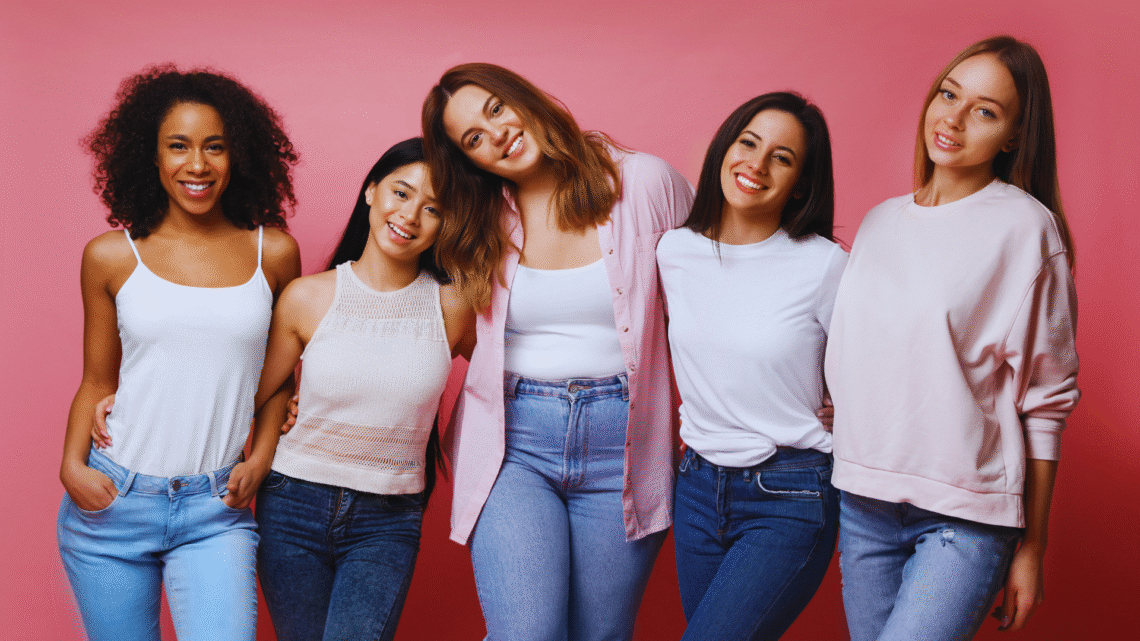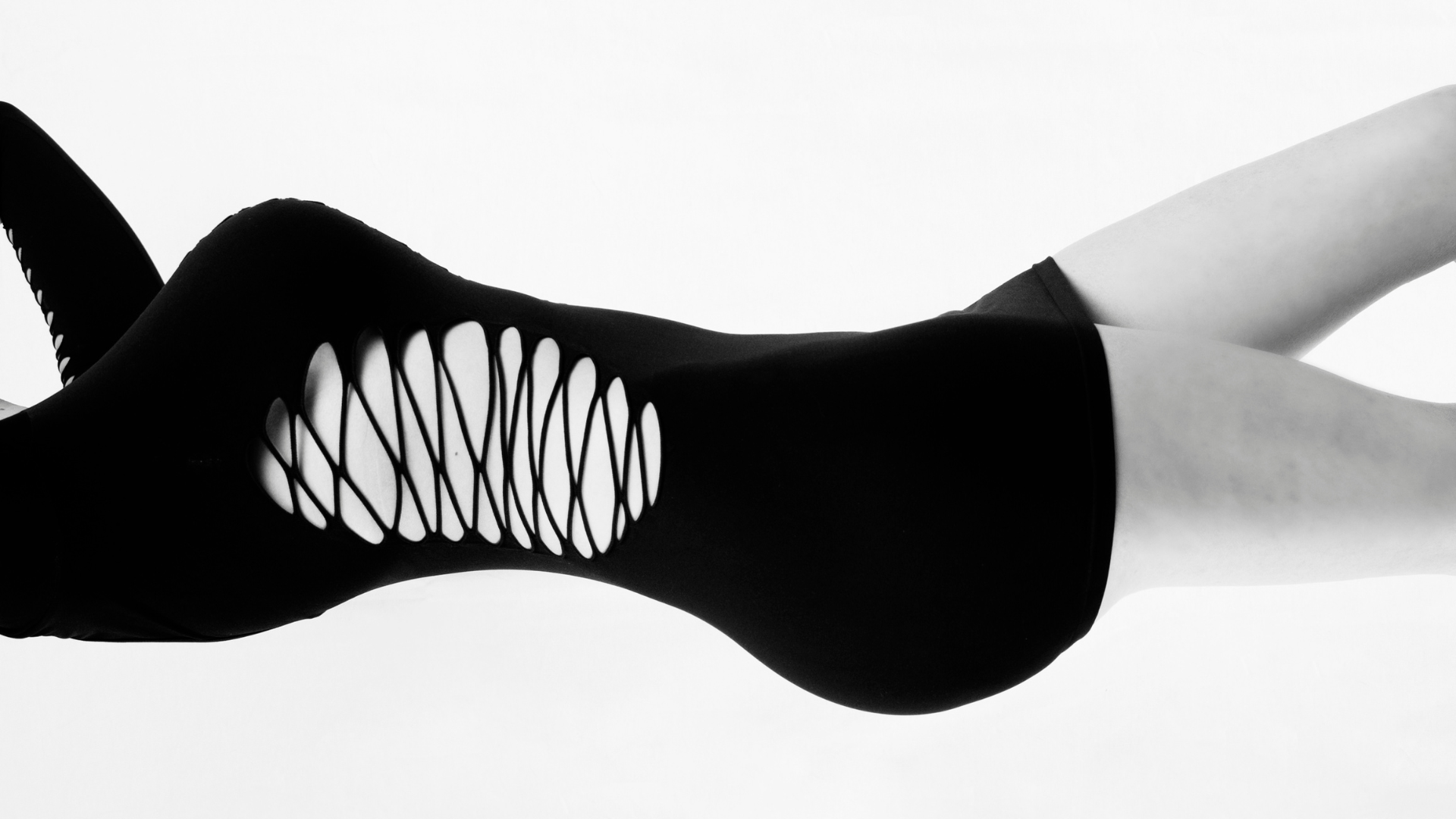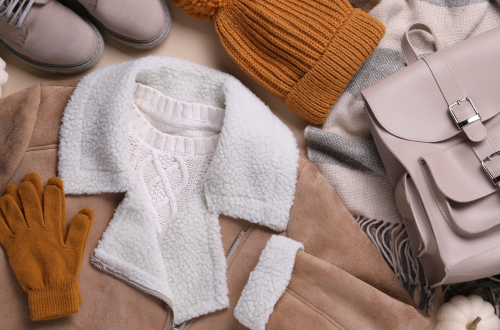
How to Dress for Your Unique Body Shape: A Guide to Flattering Styles and Fits
Understanding how to dress for a unique body shape plays a crucial role in enhancing personal style and boosting confidence. Choosing the right clothing can highlight one’s best features while providing comfort and a sense of self-assuredness. Each body shape has distinct characteristics, and recognizing these can help in selecting outfits that flatter and empower.
Knowing how to identify and embrace body shapes allows individuals to curate a wardrobe that reflects their personality. Tailored pieces, attention to proportions, and understanding of fabric types can make a significant difference in achieving a polished look. Dressing with intention not only enhances appearance but also fosters a stronger sense of identity.
Ultimately, the aim is to blend body shape knowledge with personal style to create outfits that resonate with individuality. And if feeling at ease in one’s own body is part of that journey, exploring physical changes can be just as valid as adjusting a wardrobe. For instance, for some, procedures like breast augmentation san antonio (or elsewhere) can offer a way to feel more in sync with how they want to present themselves. For others, this might mean addressing loose skin after weight loss to regain a sense of comfort and proportion. Feeling more aligned physically can make the process of dressing feel less like a challenge and more like an opportunity. Fashion should be an expression of self, and when individuals dress in ways that suit their body type, they naturally exude confidence. This guide will explore practical tips and insights to help make informed choices about clothing styles for any body shape.
Understanding Your Body Shape
Recognizing one’s body shape is crucial for selecting flattering clothing. Each individual has a unique silhouette determined by various factors, including proportions and balance, which can enhance style choices.
Identifying Different Body Types
Body types typically fall into five main categories: hourglass, pear, apple, inverted triangle, and rectangle.
- Hourglass Figure: Characterized by a well-defined waist, with roughly equal bust and hip measurements.
- Pear Shape: Features narrower shoulders and a wider hip, creating a triangle with the base at the hips.
- Apple Shape: Characterized by broader shoulders and a fuller bust, with less defined waist and hips.
- Inverted Triangle: Features broad shoulders and a narrower hip, resembling an upside-down triangle.
- Rectangle Shape: Shows little difference between bust, waist, and hip measurements, leading to a straight appearance.
Identifying which category one belongs to aids in making better fashion choices.
Analyzing Your Silhouette
Understanding silhouette involves measuring and assessing proportions. This includes comparing bust, waist, and hip measurements.
- Bust: Measure around the fullest part of the bust.
- Waist: Measure around the natural waistline.
- Hips: Measure around the fullest part of the hips.
Knowing these dimensions allows individuals to see how the clothing will fit and flow over their frames. Additionally, assessing factors such as height can influence what styles work best, as different body shapes have unique needs.
The Role of Proportions and Balance
Proportions reflect how body parts relate to each other. For instance, an hourglass figure balances curves, while a rectangular shape may require more structure.
Balancing proportions can be achieved through specific styling techniques:
- For Pear Shapes: Emphasize the upper body with bright colors and patterns to draw attention.
- For Apple Shapes: Choose styles that elongate the torso and create a definition at the waist.
- For Inverted Triangles: Opt for A-line skirts that balance wider shoulders.
Effective styling enhances natural proportions, creating a harmonious and appealing appearance. Understanding these concepts can help individuals dress in a way that complements their specific body shape.
Essential Wardrobe Pieces
Selecting the right wardrobe pieces is crucial for complementing unique body shapes. Key items like tops, bottoms, and dresses can enhance features and create balanced silhouettes.
Tops and Necklines
The right top can significantly alter the visual appearance of a body shape. Various necklines serve to highlight or minimize certain areas.
- V-necks elongate the neck and create a refined look, suitable for most body types.
- Boat necks widen the shoulders and work well on those with narrower frames.
- Off-the-shoulder styles emphasize collarbones, making them ideal for showcasing toned arms.
For more support, structured tops with defined shoulders can add balance. Fabrics like cotton or jersey allow for comfortable fits. Choose tailored blouses for a polished look and looser tunics for casual styles.
Bottoms and Skirts
The right bottoms can enhance silhouette and comfort. Here are some popular styles:
- Wide-leg pants provide a relaxed fit, balancing wider hips.
- High-waisted pants can accentuate the waist, creating an hourglass figure.
- Pencil skirts hug the curves and flatter hourglass shapes.
For formal or semi-casual occasions, A-line skirts gently flare out, offering femininity without clinginess. Straight-leg pants offer a classic look that pairs well with various tops. Fabrics should be chosen based on comfort and occasion, with denim providing durability and lightweight materials enhancing breathability.
Dresses for Every Shape
Dresses can be versatile, appearing in multiple styles to suit different occasions.
- A-line dresses are flattering for many shapes, emphasizing the waist while allowing ease of movement.
- Wrap dresses accentuate curves and can be adjusted for a personalized fit.
- Fit-and-flare dresses create a balanced silhouette, ideal for pear-shaped figures.
Consider bodycon dresses for an edgy, form-fitting look that showcases body lines. Belted dresses can add definition to the waist, while maxi dresses offer comfort and style for various body types. Selecting the right style can enhance confidence and personal expression through fashion.
Accessorizing and Detailing
Accessorizing effectively can elevate any outfit, making it more tailored to one’s body shape. The right accessories, patterns, and colors can enhance individual features while ensuring a flattering silhouette.
Choosing Accessories for Your Shape
Selecting the right accessories can significantly affect how an outfit is perceived. For instance, statement necklaces create a focal point that draws the eye to the face, especially when worn with v-neck tops, enhancing the neckline. Belts, particularly those that cinch the waist, are excellent for defining curves, especially in dresses or tops.
Earrings can also play a crucial role. Longer earrings can elongate the neck, which may benefit those with rounder faces. Meanwhile, broader bracelets complement wider arms and visually balance proportions. Choosing accessories that highlight individual shapes will enhance natural features.
Utilizing Patterns and Stripes
Patterns and stripes are powerful tools for shaping perceptions of the body. Vertical stripes, for example, can elongate the figure and are especially flattering for taller individuals. For those looking to create curves, patterns like peplum tops can add volume where desired, balancing out proportions effectively.
When incorporating patterns, it’s essential to choose those that match specific body shapes. For wider hips or fuller figures, asymmetrical patterns can divert attention from areas you may want to minimize. In contrast, bold prints on a well-fitted top can accentuate the bust and streamline the waist, creating a harmonious look.
The Impact of Colors and Textures
Colors and textures can greatly influence how an outfit fits and feels. Darker colors tend to be slimming and can create a sophisticated silhouette, while brighter hues can bring attention to features that one wants to highlight.
Textures should also be considered—smooth fabrics can streamline the body’s appearance, while thicker textures may add volume. Pairing a structured top with soft, flowing fabrics can create a balanced look. Mixing textures, like a sleek top with a more rugged pants, adds depth to the outfit. Understanding these elements can enhance an individual’s styling options.
Creating Outfits with Confidence
Building outfits that express individuality boosts confidence. Understanding body variations allows for thoughtful choices that enhance one’s appearance and create a polished look.
Outfit Combinations for Every Occasion
Selecting the right outfit for each event requires knowing which styles flatter one’s body shape. For instance, those with broad shoulders may opt for softer fabrics or V-neck tops that balance their silhouette.
A well-defined waist can be accentuated with belted dresses or high-waisted trousers. Casual gatherings may call for relaxed-fit jeans paired with structured blazers, while formal events benefit from tailored dresses that enhance curves.
Creating a versatile wardrobe with interchangeable pieces simplifies outfit selection. Classic items like a tailored blazer, dark jeans, and versatile tops can effortlessly transition from day to night.
Tailoring and Custom Fit
Investing in tailoring can significantly improve the fit of purchased clothing. Whether it’s shortening sleeves or adjusting waistlines, tailored garments enhance body shape and promote comfort.
Finding a knowledgeable personal stylist can provide essential guidance in achieving the perfect fit. This professional can recommend alterations that align with individual style and body variations.
Understanding garment construction is invaluable. Paying attention to fabric choice and fall ensures clothes complement unique body features. Custom-fit enhances confidence by enabling individuals to wear their outfits rather than letting the outfits wear them.
Evolving Your Personal Style
Personal style evolves through experimentation and self-reflection. One can seek inspiration from various resources, like style guides or fashion blogs, to discover new looks that resonate.
Keeping a visual diary of outfit combinations helps track what works best for different body shapes. A mix of classic staples and trendy pieces fosters a wardrobe that reflects personal identity.
Engaging in community discussions about fashion can offer fresh perspectives and tips. Dressing tips from others with similar body variations can lead to insightful style adjustments and boost confidence in personal choices.


